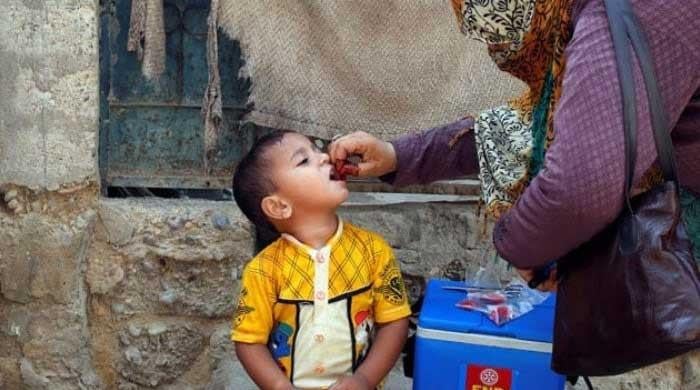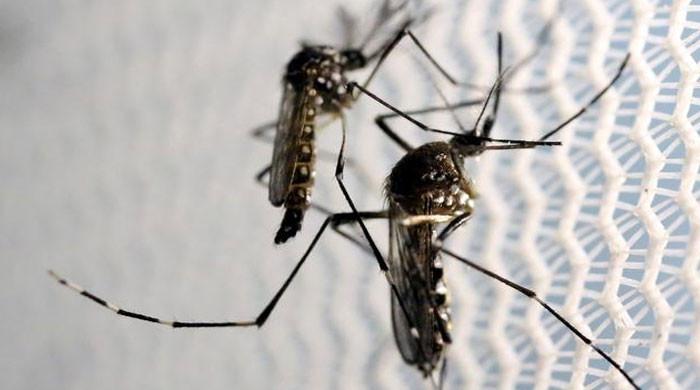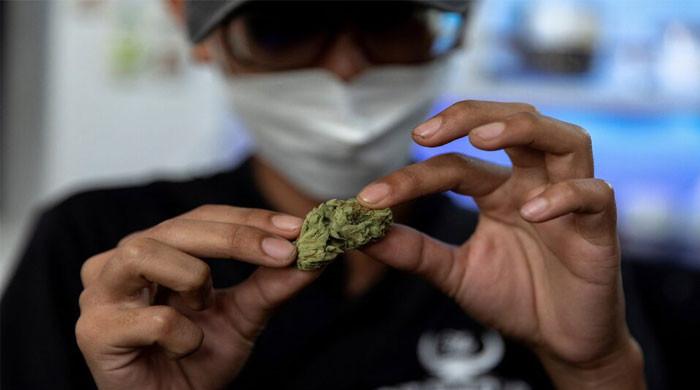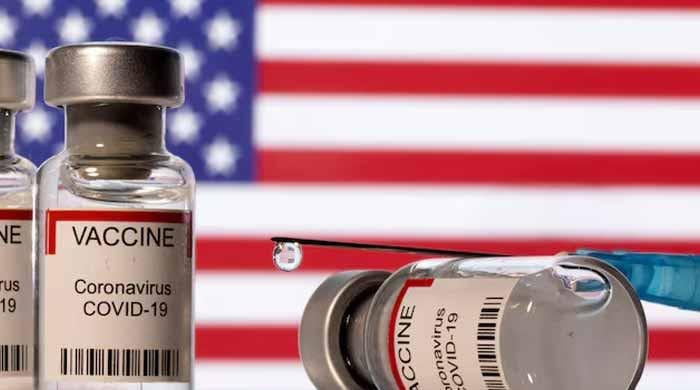COVID-19 positivity rate sees uptick in Pakistan, reaches 3%
582 fresh cases reported during last 24 hours, NIH data shows
July 25, 2022
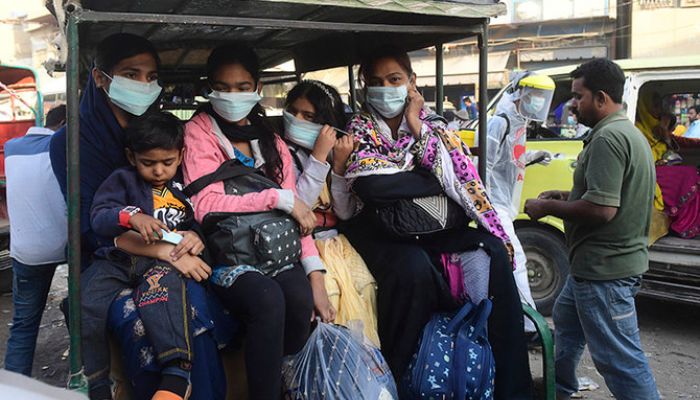
- COVID-19 positivity rate reaches 3% in Pakistan.
- The new infections were detected after diagnostic testing on 19,389 samples.
- 582 fresh cases reported during last 24 hours.
After several weeks of fluctuating stats, the COVID-19 positivity rate has reached 3% in Pakistan, with 582 fresh cases reported during the last 24 hours, the National Institute of Health, Islamabad's (NIH) data showed Monday morning.
The new infections were detected after diagnostic testing on 19,389 samples.
Moreover, the virus claimed two more lives overnight, pushing the country's COVID-19 death toll to 30,469.
Meanwhile, 178 coronavirus patients are being treated in critical care units of different medical facilities across the country.
What is COVID BA.5 variant and why is it reinfecting so many people?
BA5, part of the Omicron family, is the latest coronavirus variant to cause widespread waves of infection globally.
According to the World Health Organisation’s most recent report, it was behind 52% of cases sequenced in late June, up from 37% in one week. In the United States, it is estimated to be causing around 65% of infections.
Rising case numbers
BA5 is not new. First identified in January, it has been tracked by the WHO since April.
It is a sister variant of the Omicron strain that has been dominant worldwide since the end of 2021 and has already caused spikes in case rates – even with reduced testing – in countries including South Africa, where it was first found, as well as the United Kingdom, parts of Europe, and Australia.
Coronavirus cases worldwide have now been rising for four weeks in a row, WHO data showed.
Why is it spreading?
Like its closely related sibling, BA4, BA5 is particularly good at evading the immune protection afforded either by vaccination or prior infection.
For this reason, “BA5 has a growth advantage over the other sublineages of Omicron that are circulating,” Maria Van Kerkhove, the WHO’s technical lead on COVID-19, told a news briefing on Tuesday.
For many people, this means that they are getting re-infected, often even a short time after having COVID-19. Van Kerkhove said the WHO is assessing reports of re-infections.
“We have ample evidence that people who’ve been infected with Omicron are getting infected with BA5. No question about it,” said Gregory Poland, a virologist and vaccine researcher with the Mayo Clinic in Rochester, Minnesota.




